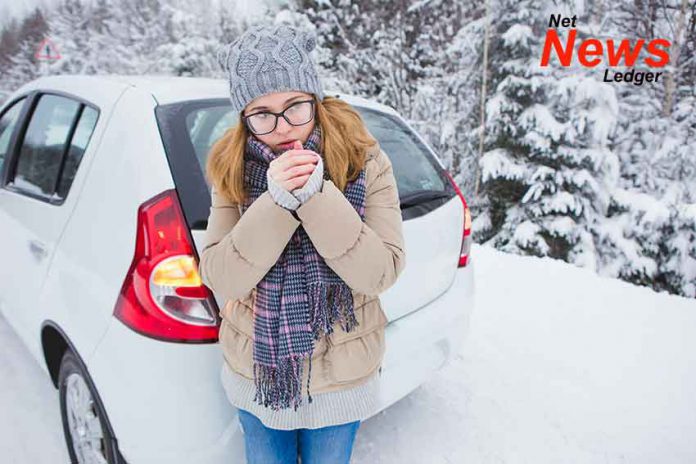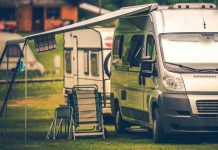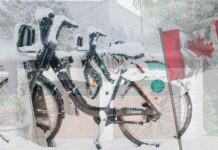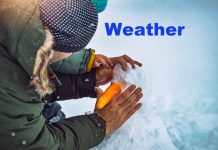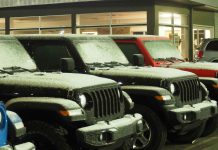Camping is one of the most popular and exciting hobbies available to everyone. After all, to go on a trip, you just need to choose an interesting location and take the necessary gear.
At the same time, being in nature for several days without many of the usual amenities can be challenging for many people. And if we are talking about winter camping, the task may become even more difficult. In addition to the basic skills of setting up a camp, starting a fire, and staying safe, in this case, you also need to have winter equipment and knowledge of how to avoid getting cold on your trip.
Check stoves for tents to make your camping comfortable: https://hot-tent.com/collections/stoves-for-tents
In addition, your body also needs to be prepared for more challenging and sometimes unfriendly conditions since drastic weather changes may always occur during the winter season.
That is why special attention should be paid to preparing and planning winter camping to ensure you have a great time without risks.
We’ve put together some useful tips to help make your winter camping successful and safe.
1. Dress in layers
This is basic advice for any winter trip that involves spending a long time outside in low temperatures or staying at night in nature.
The main rule is to use two layers of clothing. The purpose of the first layer is to protect you from water. The purpose of the second layer of clothing is to keep you warm.
For the first layer of clothing, it is recommended to use water-repellent materials that will not allow water or condensation to penetrate inside. To do this, it is best to visit a sports store to buy special clothing suitable for bad weather conditions.
For the inner layer, it is recommended to use clothing made from synthetic materials, as they retain heat best. Avoid wearing cotton clothes as they are easily ventilated and make you feel cold faster.
2. Protect certain parts of your body
There are parts of the body that lose heat much faster than others. This is why it is so critical to protect the following areas: head, neck, arms, and feet.
By wearing a warm hat, gloves, scarf, and socks (2 pairs), you will feel much more comfortable and will not freeze even in lower temperatures.
Ignoring these body parts can lead to you feeling cold quite quickly, which may significantly spoil your camping experience.
In addition, you can also wear glasses to protect your eyes during snowfall, strong wind, or while skiing and other outdoor activities.
3. Bring an extra pair of shoes.
Always bring a spare pair of shoes suitable for hiking and harsh weather.
One of the basic rules of winter camping is to keep your feet dry. That’s why once you feel your feet are wet after long walks in the snow, be sure to change them.
As a bonus, you can buy small portable shoe dryers at sporting goods stores, which are extremely useful on any trip. They don’t take up much space and give you the opportunity to dry your shoes at night or during the day if necessary.
4. Get a wood/gas stove
Keeping warmth is critical in winter camping. Even if you have an all-season or winter tent, you will need to warm it up somehow. And the best solution would be to get a stove. You can buy a ready-made stove + tent set or purchase them separately.
Tent stoves are proven and safe to use, so look for them in specialized stores since not every portable stove you may find on the Internet is suitable for use inside a tent, especially at night when everyone is sleeping.
A stove is an extremely helpful item when camping, as it gives you warmth and allows you to cook food or make a drink to keep you warm.
5. Check the map of the area
Before you go winter camping, be sure to take a look at a map of the area. Things you should note include:
- Nearest hospitals, drug stores, heating points, hotels, etc. This is important to get the necessary help in case of unforeseen circumstances.
- Lakes, rivers, and reservoirs nearby. Sometimes the surface of reservoirs may be covered with snow, which is why you may not notice the danger and fall through the ice. If you walk at dusk or night, the risk increases.
- It is essential to have a plan B. Pay attention to the roads you can use to leave/enter the campground. Some roads may be closed due to heavy snow or bad weather, so make sure you have an alternate route.
You can also pick other useful or interesting places you would like to visit while camping to make your experience even better.
6. Choose a safe place for your tent
Particular attention should be paid to the choice of the spot where you want to set up camp. It is best to start your trip in the morning or before lunch so that you have enough time to find a suitable place to camp, as it gets dark faster in the winter months.
When choosing a spot, avoid lone or dead trees. During strong winds or thunderstorms, dry branches can fall directly onto your tent.
Also, do not set up your camp near the side of a mountain. In addition to the fact that water may constantly flow into your camp in warmer temperatures, you may also be covered in snow. This is especially true if the area you are going to is at risk of avalanches.
Camping on top of a mountain is also not a good idea as you may face stronger gusts of wind, which can significantly ruin your camping experience as you will get colder faster.
The best place to set up camp is in a valley or a forest. As a bonus, you can build a snow wall around the camp to create an additional barrier from the wind.

